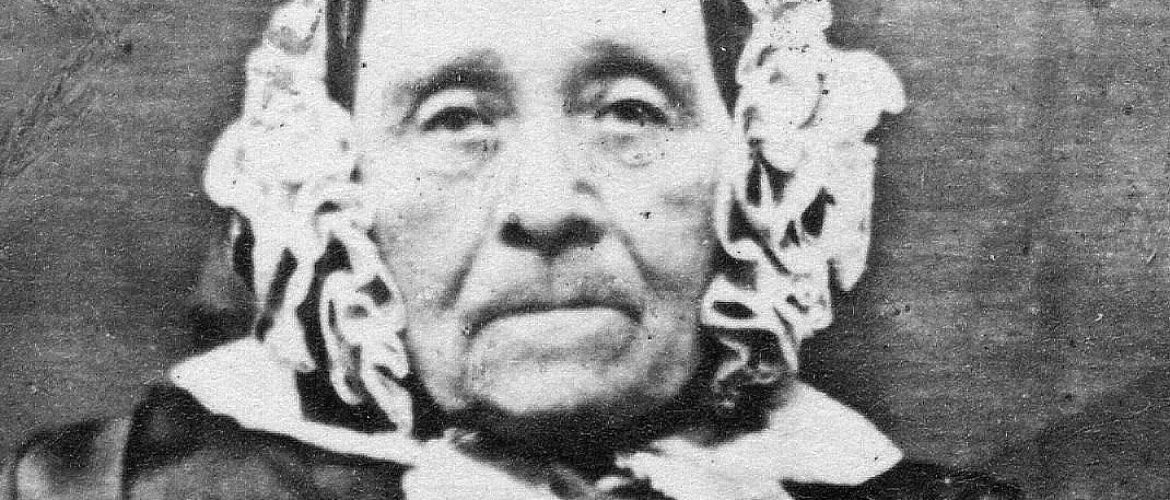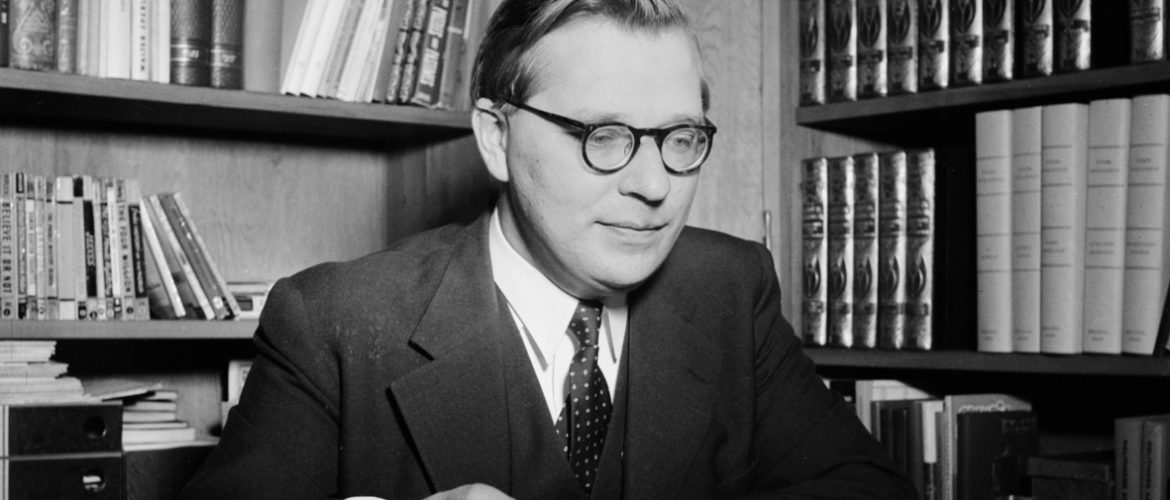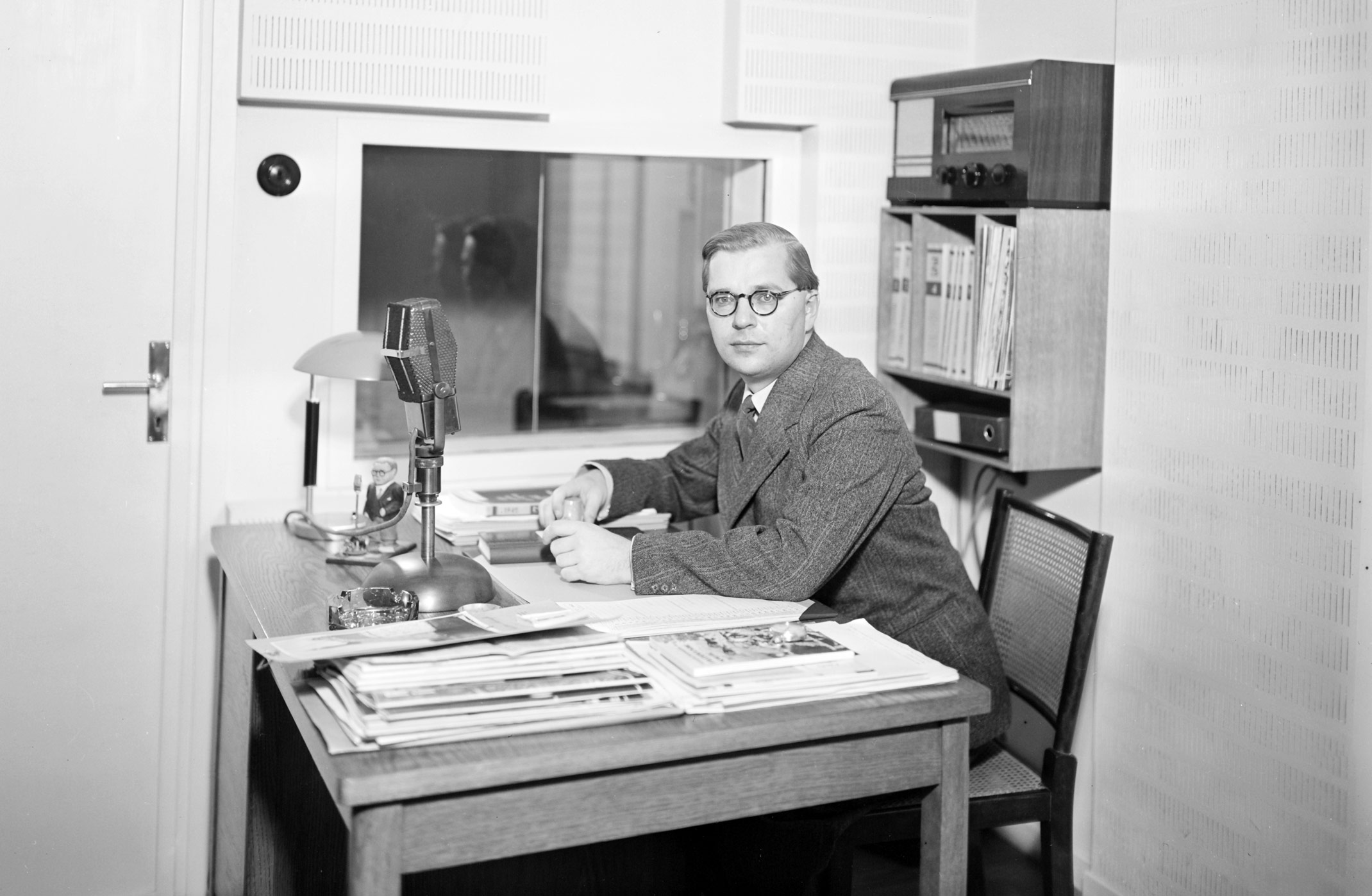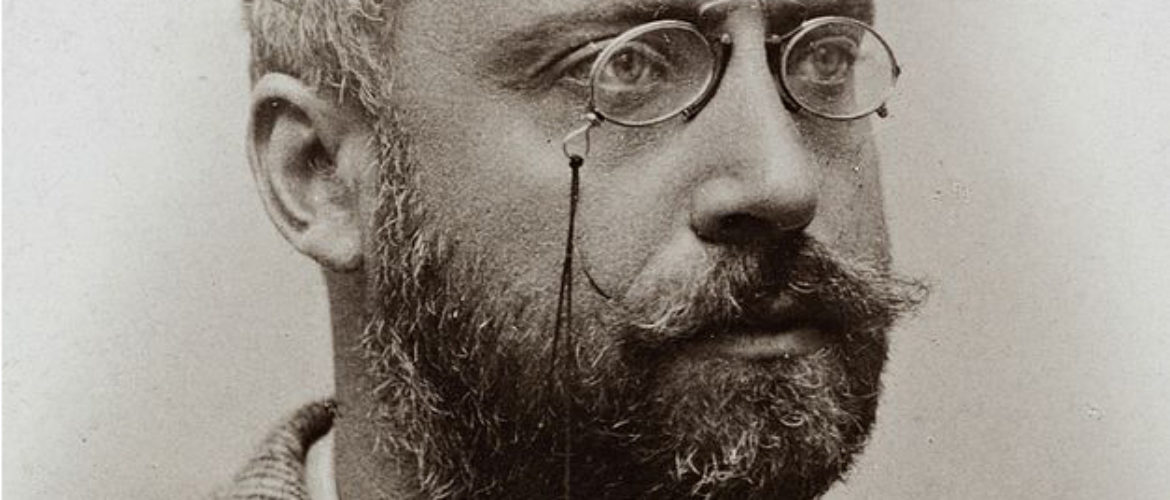1782-1861.
Author.
Magdalena (Malla) Silfverstolpe was left motherless at an early age and grew up with her mother's relatives on the family estate Edsberg. She and her husband David Silfverstolpe moved to Uppsala in 1812 and quickly settled into the stimulating academic and white environment.
After her husband's death in 1819, Silfverstolpe began to 'hold a salon' on Friday evenings for the higher society of the time, attended by people from the cultural and scientific circles. The salon was held in Uppsalahemmet at Stora torget, where the Romantics Geijer and Atterbom, among others, gathered.
They offered the opportunity to listen to literature read aloud and to music. Debates were held, songs were sung and letters were read. Both Malla Silfverstolpe and Thekla Knös, who held the salon herself, have described these meetings in their respective diaries.
Malla Silfverstolpe had a knack for collecting and inviting talent, and the home hosted several famous people, such as Jenny Lind, H.C. Andersen and C.J.L. Almqvist. Malla Silfverstolpe took part in the controversy surrounding Almqvist's book Det går an (1839) with the countersign Månne det går an? (1840).
Burial site: 0104-0249
Image description: Malla Silfverstolpe 1850s. Photo: Unknown photographer / Wikimedia Commons. [The image is cropped]
Click here for an uncropped image







